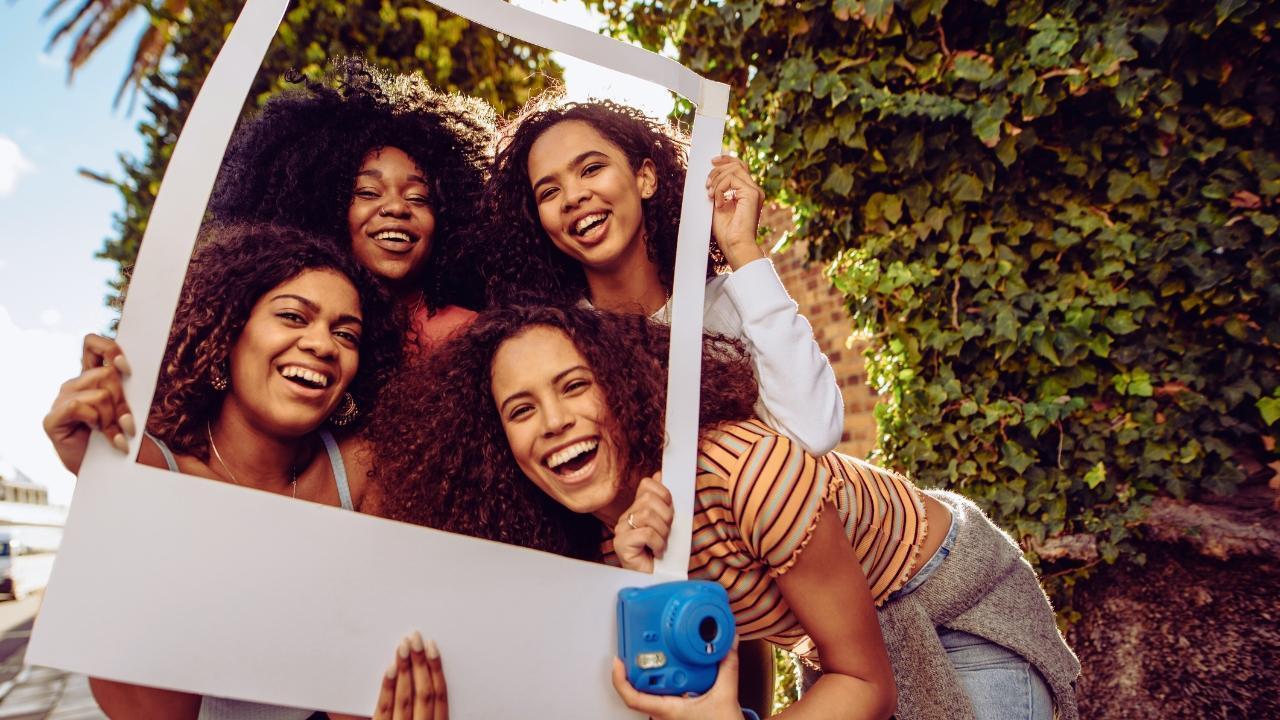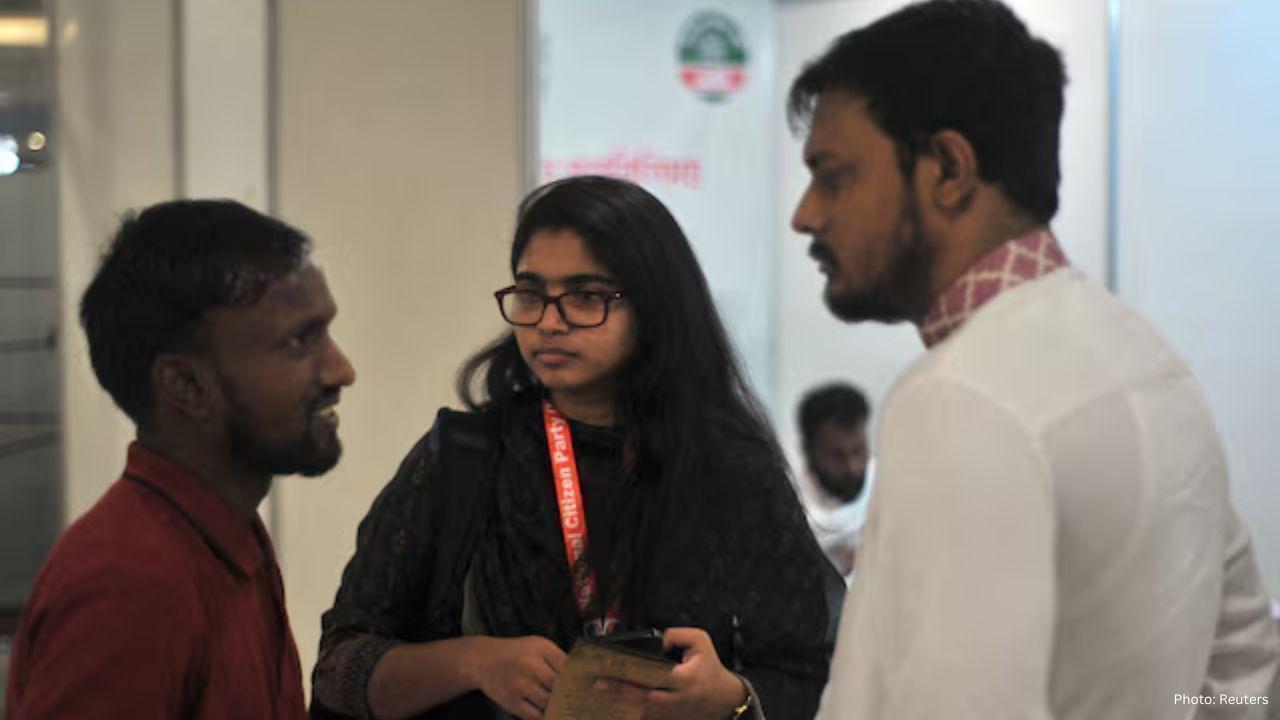You have not yet added any article to your bookmarks!

Join 10k+ people to get notified about new posts, news and tips.
Do not worry we don't spam!

Post by : Anis Farhan
In today’s hyperconnected digital landscape, being interesting is no longer just a personality trait—it’s a social currency. With Instagram reels, TikTok trends, travel vlogs, and LinkedIn highlights dominating timelines, the modern user often finds themselves caught in an endless cycle of showcasing a curated version of their lives. The “pressure to be interesting” is no longer limited to influencers or public figures. Even the average user now feels an invisible obligation to look unique, sound smart, travel often, eat aesthetically, and generally live a life that garners attention.
It’s not about being happy. It’s about looking like you are thriving.
The anxiety surrounding this need to appear engaging is especially prominent in Southeast Asia, where cultural shifts, youth aspirations, and digital access intersect. From Jakarta to Bangkok and Kuala Lumpur to Manila, young users are constantly consuming content from peers who seem to always be doing more—traveling, starting businesses, attending exclusive events, or simply styling their morning coffee into a cinematic moment.
The platforms themselves are designed to reward novelty. Instagram and TikTok’s algorithms prioritize content that surprises, excites, or shocks. So users learn to bend their real lives around what performs well. An ordinary beach trip becomes a choreographed shoot. A plate of food is now a prop. Even sadness gets stylized—mental health breakdowns become confessionals with background music.
The pressure is subtle but powerful. Not posting regularly can cause a drop in engagement. Not appearing “on trend” can make someone feel digitally invisible. Users begin to equate validation with performance. Boring is unacceptable. Quiet is punished. And rest? That’s for those without ambition.
This psychological loop isn’t always obvious. Many users defend their activity as creativity or fun—and sometimes it is. But as more digital natives begin to document not just vacations but their grief, their relationships, their activism, and even their families, the line between authenticity and performance blurs into oblivion.
Social media’s most weaponized emotion is FOMO—the fear of missing out. Platforms create a mosaic of other people’s “highlight reels,” which rarely reflect their real struggles. What users see is success, joy, hustle, and endless movement. What they don’t see is the burnout, the debt, the loneliness, or the emotional labor behind the posts.
In Asia, where collectivism and social status often define identity, this fear is amplified. Young professionals feel compelled to keep up. Students compare their modest achievements to peers who study abroad or build startups at 21. Even parenting becomes performative—moms and dads curate “perfect family” feeds that others feel pressured to emulate.
The result? A kind of anxiety that never fully disappears. It’s not enough to be good at what you do. You must also make it look aesthetic, polished, and feed-worthy.
A newer phenomenon among Gen Z is “aesthetic burnout.” It's a term coined by mental health experts to describe the exhaustion of constantly needing to produce content that looks good. This includes rearranging daily life to fit content goals, like visiting restaurants for photo ops rather than food, or choosing outfits based on feed coordination.
In places like Singapore and Bangkok, where influencer culture thrives, teens and twenty-somethings feel they must constantly generate content, even from mundane moments. Not because they want to, but because silence on social media feels like irrelevance.
This burnout manifests as digital fatigue, anxiety, low self-worth, and sometimes depression. Aesthetic burnout is especially damaging because it’s invisible—most people are smiling while they’re drowning.
In the age of remote work and freelance hustle, even careers are tied to online personas. A photographer must have a grid. A designer must showcase aesthetics. A writer must tweet wittily. A founder must look visionary. Your digital presence is often your portfolio.
But the dark side is that not everyone wants to brand themselves. Some people just want to be. Yet the market punishes those who stay silent. If you’re not constantly updating the world on your work, progress, thoughts, or photos, you’re considered “inactive”—and that’s practically social media death.
What started as a tool to connect people has now become a platform to convince others of your worth. And with that comes a constant internal dialogue: "Is this interesting enough to post?"
Social media rewards those who seem “real.” But this realness is often as constructed as the aesthetic posts. We now have a genre of content called “relatable content,” which in itself is a performance. Crying selfies, breakup rants, vulnerability podcasts—they might be honest, but they are also calculated.
Authenticity sells. But the paradox is that when everyone is trying to be authentic, it becomes a performance too.
People curate their vulnerabilities, share raw moments in perfect lighting, and cry with ring lights on. The viewer might feel comforted, but creators often feel exposed, unsure whether they are expressing themselves or feeding the machine.
Thankfully, a slow counterculture is emerging. Some people are choosing to live offline, or at least partially so. The term “digital minimalism” is gaining popularity. It’s the idea of using social media consciously rather than compulsively.
In Southeast Asia, wellness retreats and digital detox camps are seeing a rise. More young people are scheduling “do nothing” weekends and not feeling guilty about it. Some users even announce their “offline weekends” as a signal of setting boundaries.
Logging off is the new rebellion. In a world that equates relevance with visibility, choosing not to post is a radical act of reclaiming one’s time and self-worth.
The pressure to be interesting won’t disappear overnight. As long as social platforms exist, there will be a temptation to mold our lives into something post-worthy. But the key lies in balance. Not everything needs to be shared. Not every moment is content. And not being interesting 24/7 is not a failure—it’s being human.
What we need is digital literacy, emotional resilience, and communities that value people for who they are, not what they post. Social media is a tool. It’s powerful. But it should never be the mirror through which we see our entire selves.
Because the most interesting thing about you might just be the parts that never make it online.
This article is a work of original journalism written exclusively for Newsible Asia. It is based on publicly available information, cultural observations, and social analysis to inform, educate, and engage readers. All opinions or interpretations expressed are presented in a human-written, natural tone for general understanding and do not constitute any form of professional advice.










Balendra Shah Joins Rastriya Swatantra Party Ahead of Nepal Polls
Kathmandu Mayor Balendra Shah allies with Rastriya Swatantra Party, led by Rabi Lamichhane, to chall

Australia launches review of law enforcement after Bondi shooting
Australia begins an independent review of law enforcement actions and laws after the Bondi mass shoo

Akshaye Khanna exits Drishyam 3; Jaideep Ahlawat steps in fast
Producer confirms Jaideep Ahlawat replaces Akshaye Khanna in Drishyam 3 after actor’s sudden exit ov

Kapil Sharma’s Kis Kisko Pyaar Karoon 2 to Re-release in January 2026
After limited screens affected its run, Kapil Sharma’s comedy film Kis Kisko Pyaar Karoon 2 will ret

Hrithik Roshan and Saba Azad Celebrate Christmas at Family Party
Hrithik Roshan and Saba Azad celebrated Christmas at Sussanne Khan’s party, sharing happy moments wi

China Sanctions 20 US Defense Firms Over Taiwan Arms Sales Dispute
China imposes sanctions on 20 US defense companies and 10 executives for supplying arms to Taiwan, e